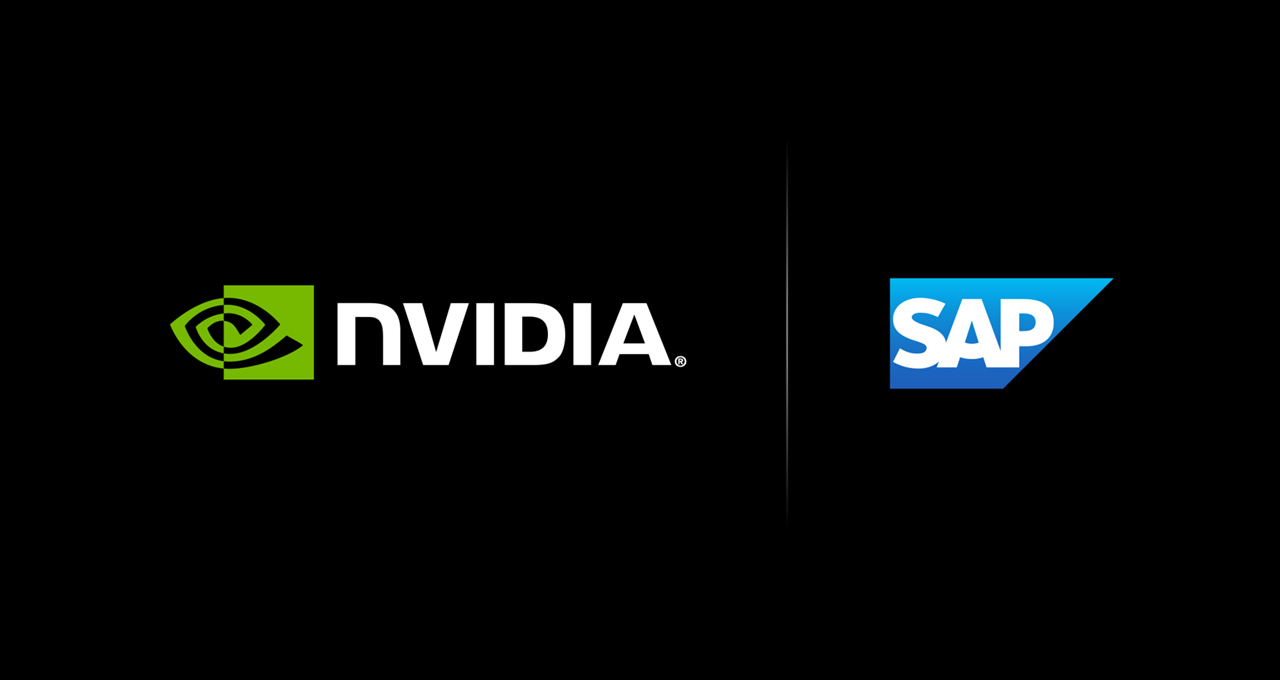Succeeding with Artificial Intelligence
In an article titled, “The Internet Of Things And Machine Learning,” Jimmy Pike of Moor Insights & Strategy (MI&S) states that “IDC estimates the direct Internet of Things (IoT) market will grow to more than $1.7 trillion by 2020, with a compound annual growth rate (CAGR) of 16.9%. The number of IoT connected devices in everything from cars to refrigerators and elsewhere will climb to more than 30 billion.” What this means is that there is going to be a heightened need for doing something with all the data being generated and in the context of the speedier pace with which business models adapt to market demands. In its predictions for IT organizations and users for 2016 and beyond, Gartner states that, by 2018, six billion connected things will be requesting support, smart machines will distribute 10% of human work, and 50% of the fastest-growing companies will have fewer employees than instances of smart machines and algorithms.
Arguably the age of Artificial Intelligence (AI) is finally upon us (yes, you’ve heard that before, but it appears we are headed into a perfect storm this time). For this to really succeed, systems will have to have machine learning deep within their DNA. Pike articulates this well, stating that by 2020, MI&S believes that machine learning will exist in a large number of solutions and will account for a great deal of the innovation in the IoT world.
In a world that is rapidly headed in this direction, there is frenetic activity to provide businesses with the tools they need to cope with this emerging reality. Problems that have stumped society for decades, or centuries even, are now hopeful of solutions. For example, Stanford is seeking to rely on a system using deep-learning algorithms that actually identify skin cancer as well as dermatologists. Another example is being able to predict and deliver higher yield crops by gaining a better understanding of how to take advantage of weather conditions; this is yet another global issue that looks to benefit from AI and machine learning. In the world of technology, data security seeks to gain from learning models. Deep Instinct claims that its solution applies learning models that can predict malware files with great accuracy, and machine-learning algorithms that can look for patterns in how data in the cloud is accessed to predict security breaches. This is especially important considering where we are headed as a society. Looking at other scenarios, we find an increasing number of use cases in the areas of fraud detection, customer service, marketing personalization, scientific research, natural-resource management, online games and workplace automation just to name a few. With this collective body of technologies evolving rapidly, there are already many available options for a business to acquire and deploy to help them in one or more of these areas. Taking advantage of one or more of these options might work well for some companies. However, it means that a large organization with a wide range of processes might very well need to cobble many different tools together.
Explore related questions
What I notice is that several of these offerings are laser-focused on one or more specific use case(s) and, hence, is optimized to deliver amazing results in that focused direction. They are very smart about employing necessary APIs, models, algorithms and even novel ways to scale. There are offerings in the marketplace that promise to deliver wonderfully on data analytics or knowledge management or automation or machine-learning capabilities. These individual solutions often leave one with the sense that there is a lack of complete integration with and within core processes of an organization. This is important if true deep learning is to be taken advantage of, because knowledge in an organization is often not limited to easy-to-access systems. On the contrary, it often resides within individuals, and across fragmented and complex systems.
What if these scenarios were addressed with or in the context of a comprehensive platform? One that gave an organization the ability to take advantage of capabilities as needed, and in any combination between them and with core processes. One that allowed your solutions to run as intended and without disruption, but was always present to discover, sense, learn and then act when needed. Is such thinking utopian?
I think not. An integrated AI platform that can bring together all aspects of machine learning to work with the deep knowledge of an organization—continuously and contemporaneously—is the answer to the problem of how to harness the technologies that are being used in narrowly focused ways. This will enable organizations to continuously reinvent their landscapes and renovate core business processes more easily and with greater confidence, while minimizing disruption.
That’s where it is at. That’s where we must head. Quickly.






